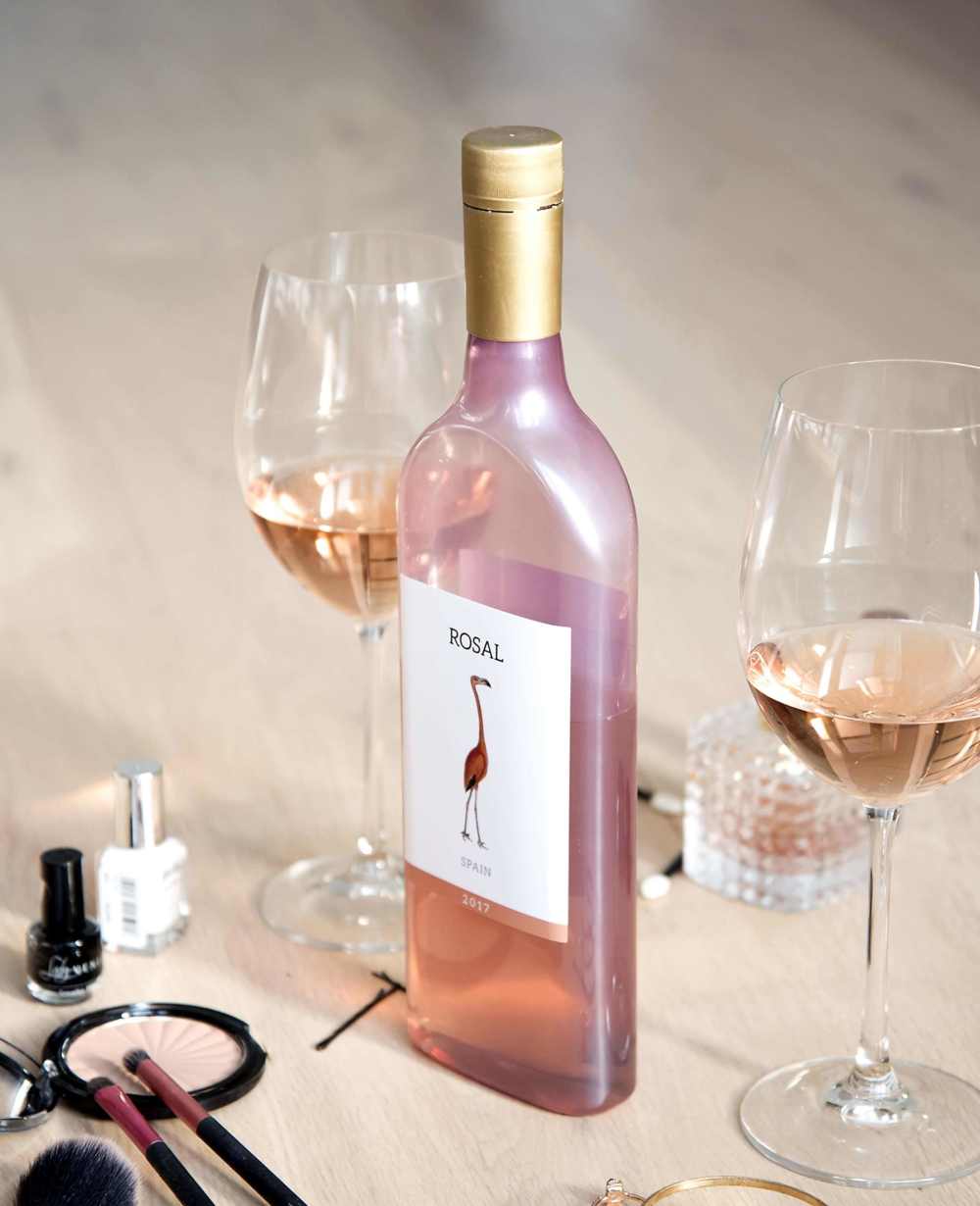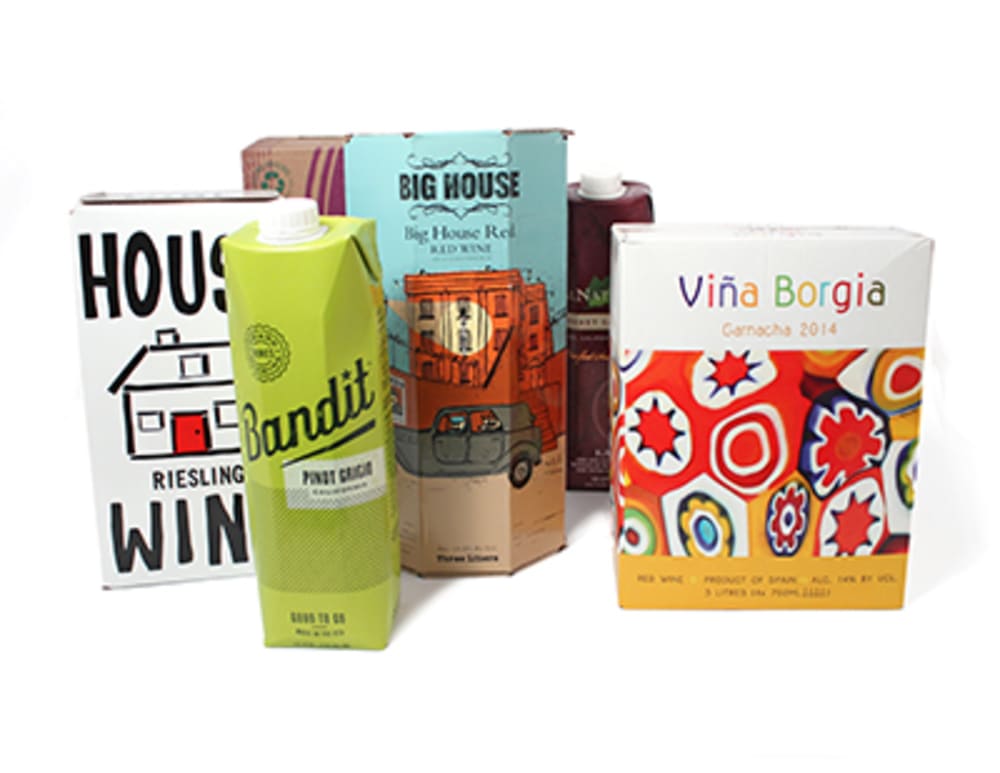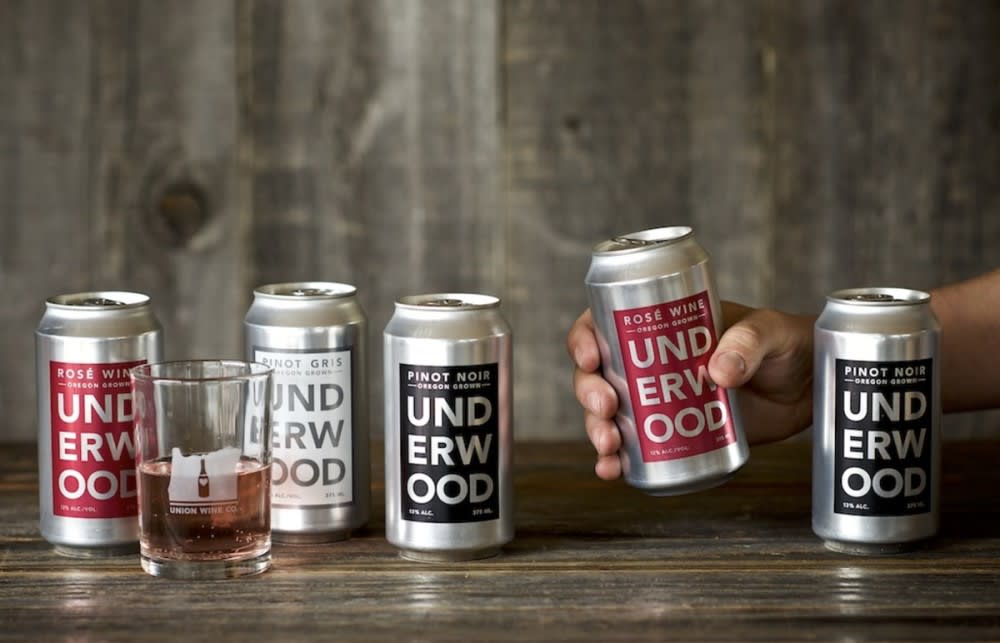The wine industry can hardly be described as innovative. There may be new technology in viticultural practice and winemaking techniques, but the end product – 100% fermented grape juice – has been the same since wine was first made some 8,000 years ago.
The part that allows more innovation is packaging. However, the last time that new packaging made an impact in the industry was about 20 years ago, when the screw cap was introduced. Still, the majority of wine today is served in round-shaped glass bottles – call it timeless if you like.
It’s true that glass is inert, so it can protect the precious liquid inside, but sometimes I wonder why the shape of a bottle has to be round. Why can’t the industry use rectangular or square bottles like some whisky, gin and even olive oil? There are arguments on both sides.
Round-shaped containers use around 8% less material to make, and they can handle pressure better when stacked on top of each other. However, round containers occupy more packaging space, so they increase the carbon footprint during shipping and warehousing. Plus, glass is energy hungry – it requires a temperature of 1,700ºC to be made and 1,500ºC to be recycled!
Actually, there are some square wine bottles. The first one on the market, by Château de Berne in Provence, has been around since 2005. The next was Californian Truett Hurst in 2013, but it has remained on the sidelines.
There is also wine packed in a carton box, widely known as box wine or bag-in-box wine; the wine is packed in a bag with an airtight plastic tap welded into it – a practice that has been around since the mid-1900s. However, its image is cheap, and box wine cannot be kept for a long time as the plastic may have a negative impact on the taste. But with advances in technology, more environmentally conscious minds and better-quality wine being packed in wine boxes, it is getting more popular amongst young consumers. It’s been especially well received by outdoor-loving Scandinavians as it is convenient and environmental friendly. The fact that box wines often have stylish designs also elevate their image.
Most box wine comes in a three-litre size, which is probably too much for the average consumer in Hong Kong. So what about wine in a can? Although it does not come in a square shape, it is light, unbreakable and recyclable. Cans also have smaller packaging sizes, from 200ml to 500ml, which is ideal for a single serving or sharing between two. One may think that canned wine has gained traction in Hong Kong given all these advantages, but unfortunately it has not.
Wine drinkers in the UK are more open-minded about these alternative wine packaging formats that save weight, offer value and avoid waste. I guess Hong Kong wine consumers are more conservative and prefer to stick to tradition. Having said that, wine importers are also partly to blame because they just don’t bring these wines to Hong Kong. I agree that premium wine for special occasions is still best served in a traditional glass bottle, but for everyday drinking wine, the quality of these alternative packaged wines can be surprisingly good – and certainly much better than a lot of wine available on the market. Don’t believe me? Try Underwood, available from Golden Gate Wine.
We all have habitual preferences. It took the screw cap 10 years before gaining acceptance from consumers. I hope we can embrace these new forms of wine packaging sooner rather than later. Glass bottles do more damages to the environment, and we all have to support sustainability.
For more wine articles like this, like Foodie on Facebook











